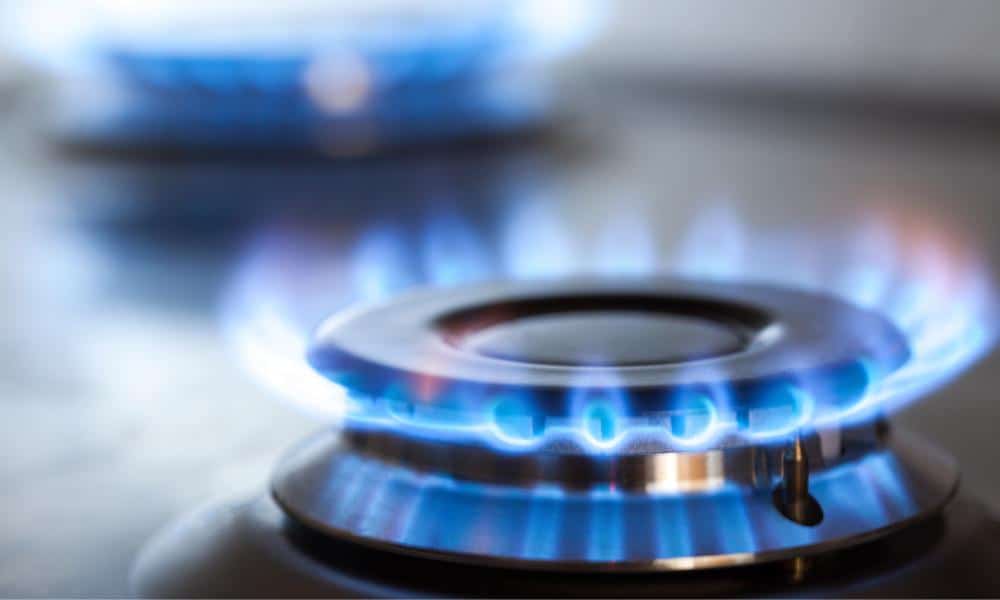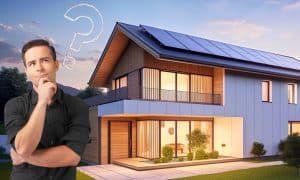Whether you’re a Victorian or not, the recent announcement by the Andrews government about electrification surely piqued your interest. For those not in the know, Victoria will require all new homes built from January 2024 to be all-electric. Any new homes applying for planning permits must not be connected to the gas network. This is one part of Victoria’s Gas Substitution Roadmap and it has seen many commentators buzzing on both sides of the aisle.
So, what does electrification mean for Australia and why is it important? In this blog, I’ll take a look at the pros, some of the cons, and how this move will shape Australia into the future.
Gas: fast becoming a dirty word
Australia is ranked 16th in the world as a producer of natural gas. We produce 2,384,327,540 MMcf of gas each year, resulting in around $92 billion of exports (1). With 3.4% of Australia’s GDP resting on gas production (2), it’s no wonder that it has been a tricky thing to discuss leaving behind. Natural gas accounts for around 35% of energy consumption in Australian manufacturing. Approximately 18% of residential electricity is generated from gas and 40-60Mj of gas is used by homes each day. 70% of all Australian homes are connected to the gas network.
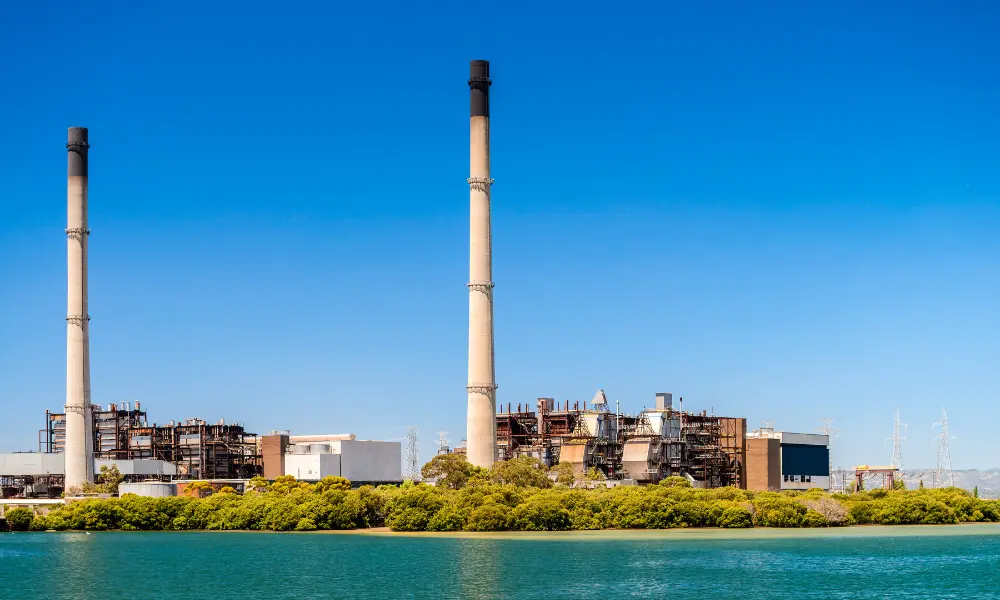
For something so widely used and relied upon, there’s little information known about its safety by the average consumer.
Many studies have shown that using gas, especially for cooking, is detrimental to our health. The burning of natural gas results in the release of carbon monoxide, nitrogen dioxide, and formaldehyde. In addition, fine particulate matter and ultra-fine particles are released that can enter the nose and throat. According to CHOICE (1), a ‘2018 study estimated that exposure to gas stove emissions is responsible for 12.3% of childhood asthma in Australia’. An early study found that there is a 42% increased risk of childhood asthma for children exposed to gas cooking in the home. A 2018 New Zealand study found that children living in homes with ducted gas heating, flued or unflued, were ‘more likely to suffer from acute respiratory infections than children living in homes heated with electricity’.
The move away from gas not only sounds like it will benefit our health but there are also economic and environmental benefits.
Gas, no longer the cheaper option
Long gone are the days of gas being the cheaper alternative. As Australia adopts more renewables, our reliance on fossil fuels is lessening. In fact, fossil fuels accounted for 64.4% of the National Energy Market (June 2023), which is down from 68% (June 2022). Renewable energy from solar and wind is limited due to grid capacity, which resulted in 61MW of generation lost over the last year (4).
As more Australian households adopt rooftop solar, government and businesses invest in large-scale renewable projects, and industry adapts to the changes, the Australian energy landscape will change.
Electrification is necessary for Australia
Australians are consuming more energy than ever before. Natural population increases, as well as shifts in the way we live, work, and play, have seen our demand for electricity skyrocket. Electric vehicles are now a viable option for many individuals and families, which further adds demand to the grid. With more people working from home post-covid, the location of our electricity usage has also shifted. So, it begs the question, how will we power our homes now and into the future?
Home solar is really a no-brainer. It is becoming so commonplace that rooftop solar increased by 30% since June 2022. Nearly 1 in 3 Australian homes have solar, with most new homes adopting the trend. Almost all homes with solar will see a return on investment in 3 to 5 years. With solar panels lasting 25+ years, and inverters cranking out electricity for 10+ years, it really is a sound investment. A 10kW solar system will generally produce around 40kWh of electricity per day. This is huge! The average daily electricity usage of an Aussie house is 18kW. To put this in perspective, 40kWh can heat approx. 2 full houses via ducted heating/cooling for a day!
When you consider how many appliances and devices you could power with solar, moving away from gas makes sense.
Making the swap: gas to electric. Some of the pitfalls of electrification
Change rarely comes without a price. One of the greatest barriers to electrification has been the cost to swap out gas appliances for electric. While electric appliances can save households $9,000+ in bills over 10 years, the upfront cost of the change can stop you in your tracks. This is where state and federal incentives and rebates play a crucial role.

Victoria is leading the charge with their incredible incentives and rebates.
$1000 rebates are available for heat pumps and solar hot water systems to replace existing systems that are 3 or more years old. In addition to this, the systems will also be eligible for federal STCs – further reducing the cost. The Victorian Energy Upgrades program (VEU) further provides all Victorian households rebates for various upgrades of appliances and energy-efficient products such as insulation. For example, upgrading your eligible clothes dryer will attract a $60 rebate. To find out what rebates and incentives are available in your state, visit our information page.
Many voices opposing electrification cite the struggling electricity grid as a cause for pause. While it is true that the electricity grid is aging and barely able to keep up with the ever-increasing demand, there is an answer. Residential rooftop solar can provide most, if not all, of the electricity a household needs.
Future planning your home
One message that I share with all those who will hear it is that we must all be planning our homes for the future. You don’t want to invest in solar now only to have to upgrade in another 5 years’ time to meet your energy needs. Electrification provides you and your family the opportunity to reduce the future impact of gas and electricity price increases. Becoming self-sufficient and energy-independent means that your home will not be impacted by the ebb and flow of the national energy market. It also means that you can feel free to add electric scooters, lawnmowers, and whatnot to your arsenal of tech!
One really practical way to plan for the future is to oversize your solar system. This means that if a 6.6kW system will meet your current energy needs, install a 10kW system instead (roof space permitting). I can not tell you how many people have told me that they wish they installed a bigger system 5 years ago. This means that you can also add features you might otherwise overlook. Pools, spas, ducted heating/cooling, etc are all luxuries that many find expensive to run. A large solar system, and timers to have these running during daylight hours, will see your dreams become a reality.
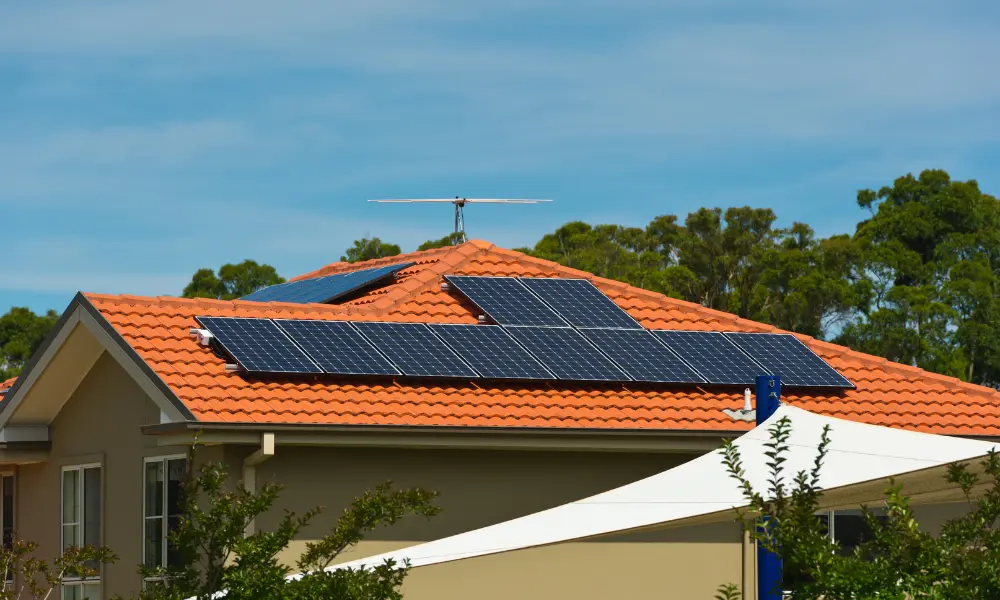
Batteries are an important element of electrification
Another option to consider is adding a modular battery to your solar system. Modular batteries, like those available from GoodWe, allow you to add battery storage as your home’s needs increase – saving you thousands in upgrades in the long run. Adding a battery to your home may seem like an unnecessary expense, but if you’re looking to move completely off the grid, and use your solar electricity at night, it’s an expense that can become an investment.
Virtual Power Plants (VPPs) are the next step in community self-sufficiency. VPP events currently tap into the stored electricity in home battery storage when the electricity grid requires a boost. This is a win for the community as well as a win for the homeowner, who is paid a premium rate for the electricity used. Community batteries are also a fantastic initiative that sees many homes connected to a central battery.
Electric vehicles changing the energy landscape
Many Australian households already have electric vehicles sitting in their driveways. The huge shift to EVs has been a result of several factors:
- Australia’s love of new technology
- Skyrocketing fuel prices
- Environmentally conscious consumers, and
- Fantastic subsidies and tax cuts for EVs
Electrification of homes allows EVs to be truly green, with the electricity charging the battery coming directly from the sun. But one feature of EVs is often overlooked: partly due to the lack of availability of the technology, but also due to the lack of awareness.
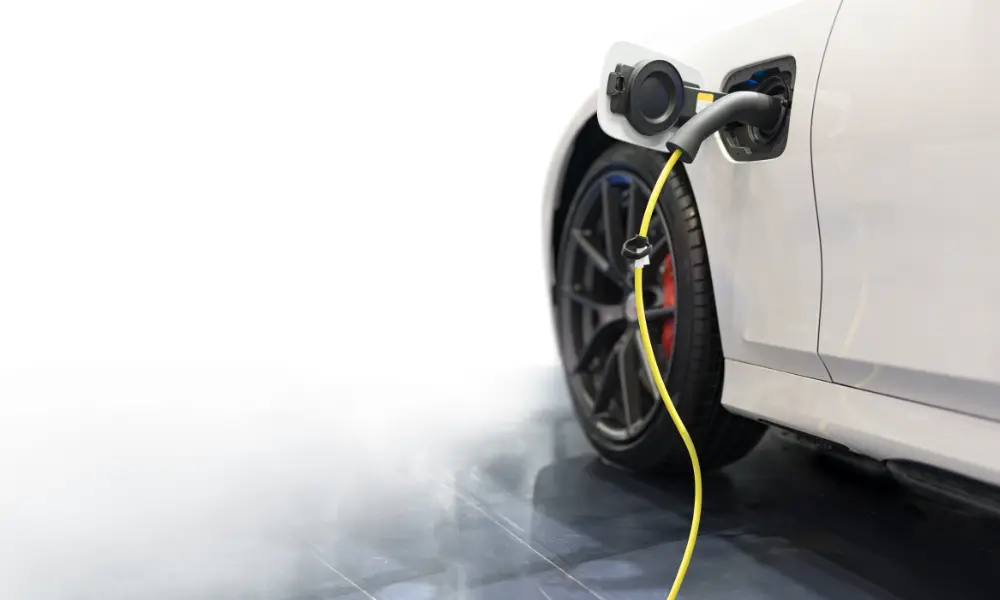
Bi-directional charging, also known as Vehicle to Grid(V2G), is set to truly integrate electric vehicles into the home energy system. The average capacity of an EV battery is 40kWh. Using this battery to serve as nighttime power for the home will be a game-changer. The technology already exists and is available to South Australians for the time being.
Moving towards net-zero
Australia is slowly but surely moving towards net zero. The decisions homeowners, renters, business owners, industry, and local, state, and federal government make now will impact all of us going forward. Making the switch to solar, batteries, all-electric appliances, and electric vehicles are just some of the ways that we can make an individual impact on our environment and our nation’s future.
Why not begin or extend your solar journey with FREE quotes for solar, batteries, hot water systems, and other renewable energy technologies? Click here to begin the quick quiz.
Sources:
- https://www.statista.com/statistics/1340528/australia-lng-export-value/
- https://www.gasenergyaus.au/gas-facts.html
- https://www.choice.com.au/home-and-living/kitchen/cooktops/articles/are-gas-appliances-for-cooking-and-heating-bad-for-your-health
- https://www.theguardian.com/australia-news/2023/jul/27/australian-energy-prices-down-emissions-record-low-prices












